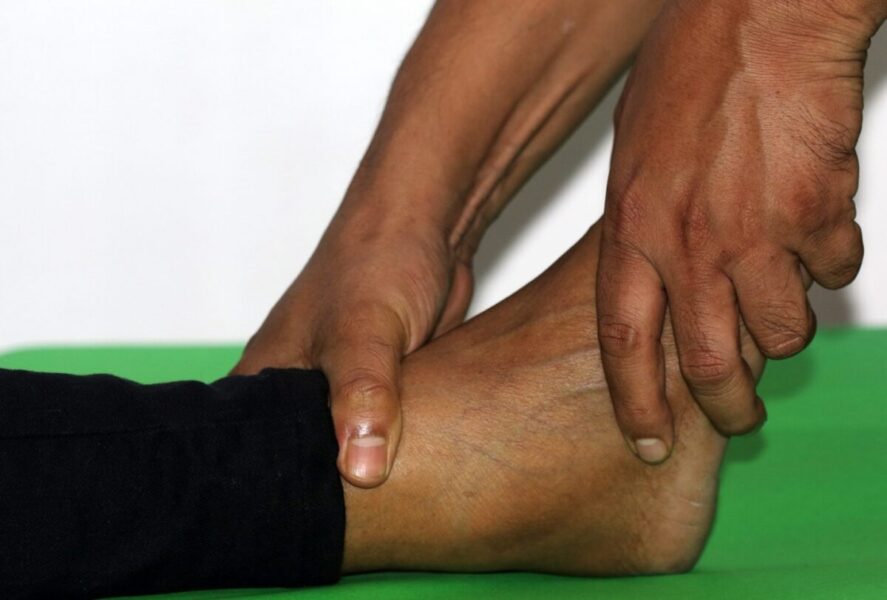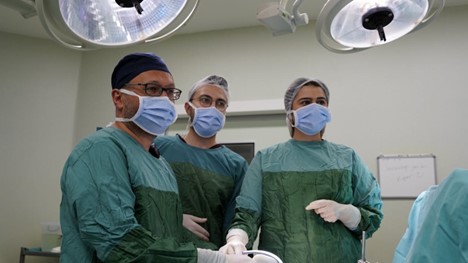The Road to Clot Resolution: Understanding Blockages in the System
Blood clots can be life-saving when they stop excessive bleeding from an injury. However, they can also pose serious health risks when they form inappropriately within the circulatory system. Understanding the mechanisms behind blood clots and how to prevent and treat them is crucial for maintaining good health. In this blog post, we will explore the science behind blood clots, their causes, risk factors, and various methods for clearing these blockages in the system.
What are Blood Clots?
Blood clots, medically known as thrombi, are gel-like masses of blood that form when the body’s natural blood coagulation process is triggered. This process is essential to prevent excessive bleeding when a blood vessel is damaged. The two main types of blood clots are:
- Arterial Clots: These typically form in the arteries, which carry oxygenated blood away from the heart. Arterial clots are composed of platelets and fibrin and can cause heart attacks or strokes when they obstruct blood flow to vital organs.
- Venous Clots: These occur in the veins, which carry deoxygenated blood back to the heart. Venous clots are predominantly composed of fibrin and red blood cells and can lead to conditions like deep vein thrombosis (DVT) or pulmonary embolism (PE).
Causes and Risk Factors
Several factors can contribute to the formation of blood clots. These include:
- Injury: When a blood vessel is damaged, the body initiates clot formation to stop bleeding.
- Hypercoagulability: Conditions that increase the blood’s tendency to clot, such as genetic disorders or certain medications.
- Stasis: A decrease in blood flow, which can occur during long periods of immobility, like on long flights.
- Atherosclerosis: The buildup of fatty deposits in arteries can trigger arterial blood clot formation.
- Cancer: Tumors can release substances that promote clot formation.
Clearing Blockages in the System
Preventing and clearing blood clots is essential for maintaining good health. Here are some strategies and treatments for managing blood clots:
- Medications: Doctors may prescribe anticoagulant medications, commonly known as blood thinners, to prevent the growth of existing clots and the formation of new ones. Common blood thinners include:
- warfarin
- heparin
- newer oral anticoagulants like rivaroxaban
- Compression Stockings: These are often used to prevent blood clots in the legs when a person is at risk, such as during long periods of immobility.
- Inferior Vena Cava (IVC) Filters: In some cases, an IVC filter may be inserted into the large vein leading from the legs to the heart to catch clots before they reach the lungs.
- Surgery: If a blood clot is particularly large or dangerous, surgery may be required to remove it. This is typically done in cases of severe arterial blockages or life-threatening conditions.
- Lifestyle Changes: Maintaining a healthy lifestyle by staying active, eating a balanced diet, and not smoking can significantly reduce the risk of blood clot formation.
Click here to see the full scientific article from News in Health.
Understanding the causes, risk factors, and various methods for clearing blockages in the circulatory system is crucial. If you suspect a blood clot, it’s essential to seek immediate medical attention. By taking preventive measures and following a doctor’s guidance, you can reduce your risk of blood clots and maintain a healthy, clot-free circulatory system.




